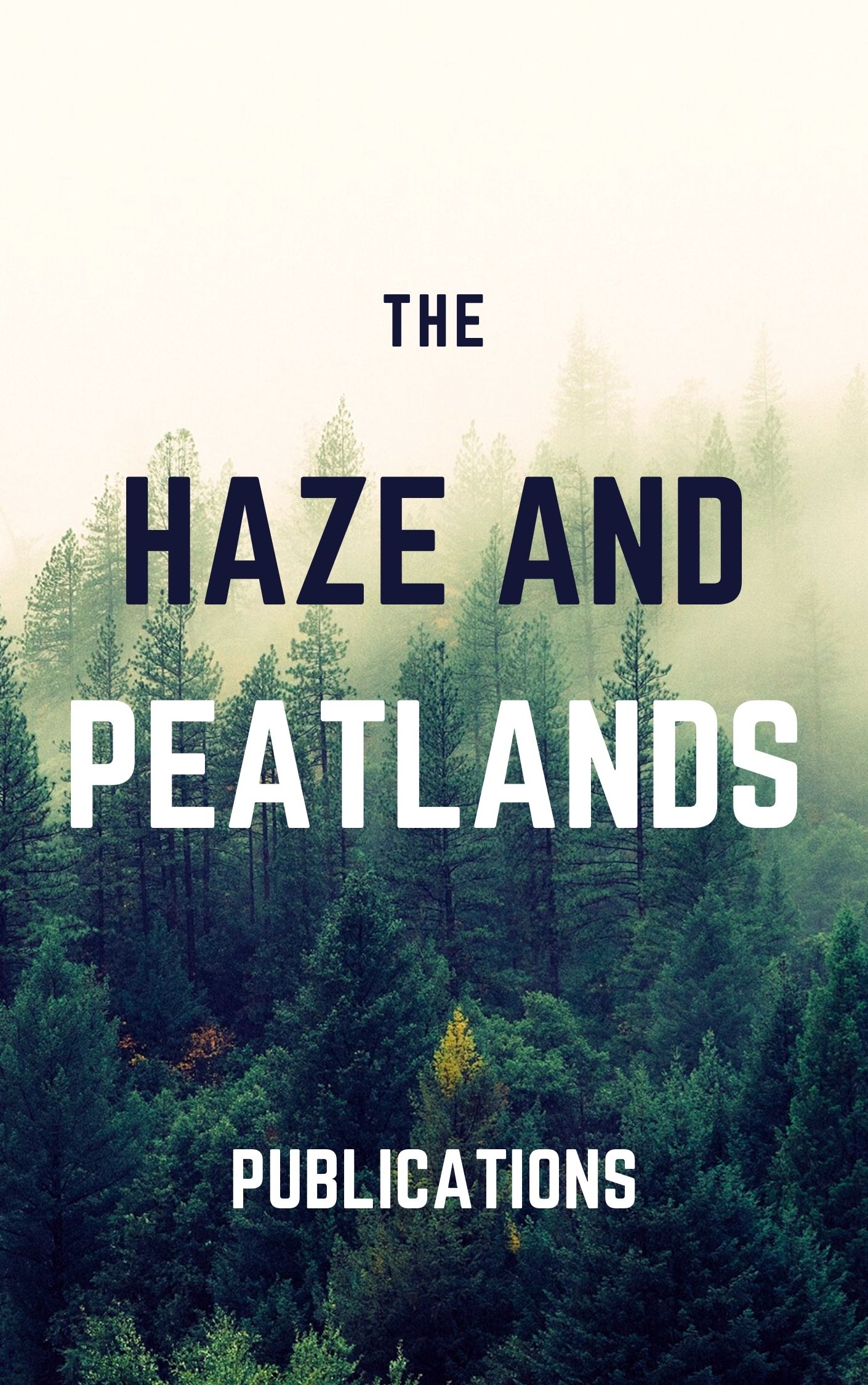Based on a presentation of the spectacularly abrupt environmental and societal processes occurring on Java since the 1990s, and using that as an analogue to compare their consequences with the known environmental history of the island, we unravel the relative contributions of natural and human impacts in shaping the environment of Java. Our work is based on remote sensing, Geographical Information System analysis, field-based observations and measurements of responses to abrupt land cover changes in the last 10 years. Ecological disturbance has been endemic to the long-term history of Java, but montane forests on volcanoes have since ca. 1990 become the last frontier of colonisation and are for the first time rapidly receding. We reveal how human disturbance of natural ecosystems, today as in the past, tends to be the greatest where resistance is the least. This appears true within the regional setting of Southeast Asia, where Javan forests since the last glaciation have constituted a biogeographical ecotone with a limited natural ability to regenerate after some imbalance. It is equally true at the scale of single events where humans will turn a natural disturbance to their own advantage. Overall, it remains difficult to deconvolve the signals of spontaneous human impacts and of localised natural events such as volcanic activity, El Niño-related forest fires or longer climatic anomalies because humans are opportunistic in their attitudes to natural variability and so the two are often inextricably linked. The clearest impact on land cover and land degradation comes from the history of state-organised deforestation, whether colonial or indigenous, because its impact has been systematic, pervasive and regionally consistent. Javan environments have shown astonishing signs of resilience under the abrupt, cumulative impacts that have been inflicted over the last four centuries in successive iterations, possibly because the high-energy tropical and volcanic environment is a system in which sediment turnover is naturally rapid and where past scars of land degradation either heal rapidly or are soon destroyed by younger events. However, the volcanoes are the island's keystone reservoirs of water, sediment and biodiversity and command the geomorphic metabolism of the lowlands. By removing forests from increasingly crowded mountain slopes, Javanese society is following a trajectory in which new nonlinear responses to environmental hazards and change may limit our capacity to anticipate and contain environmental risk to human life and property.
View source

